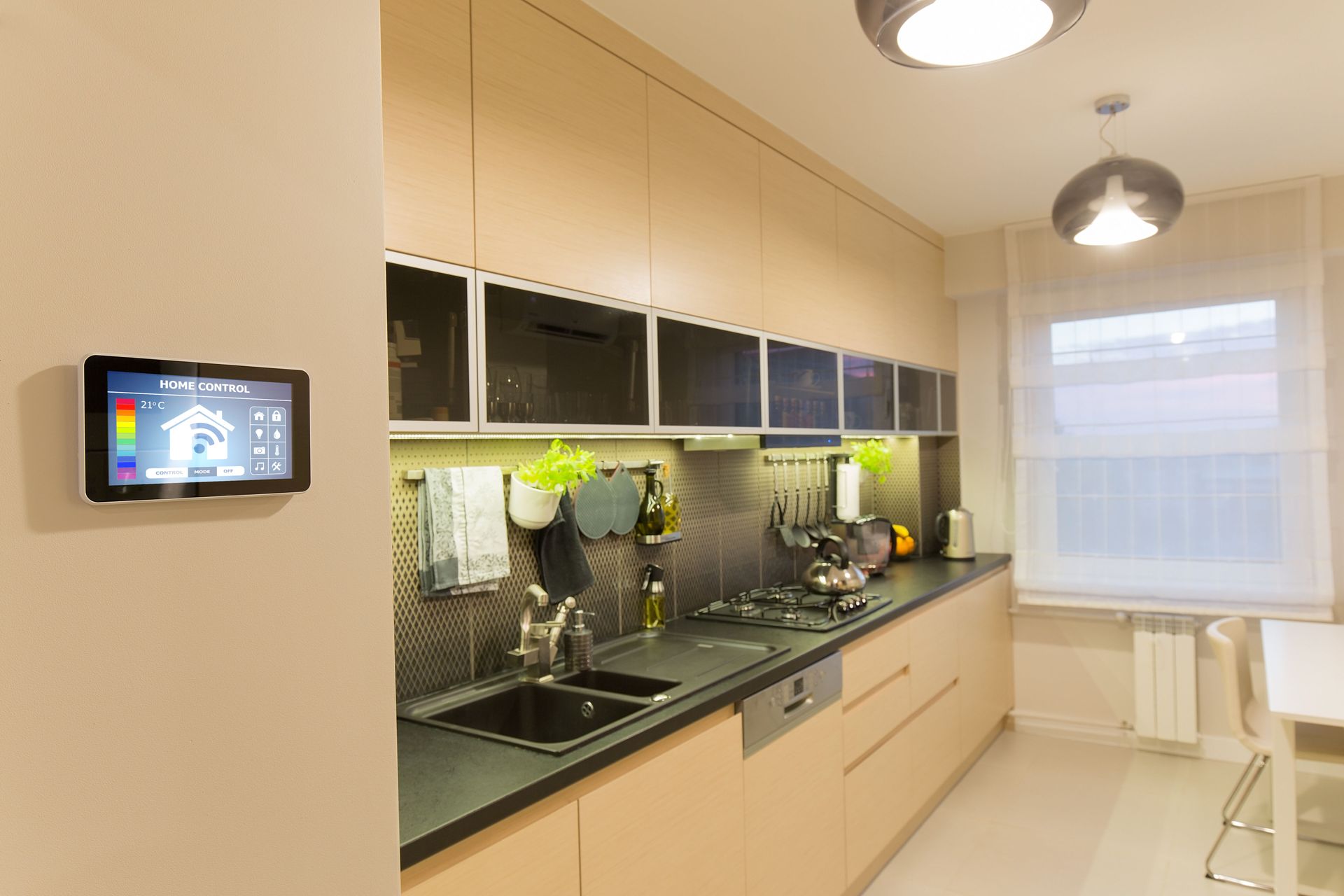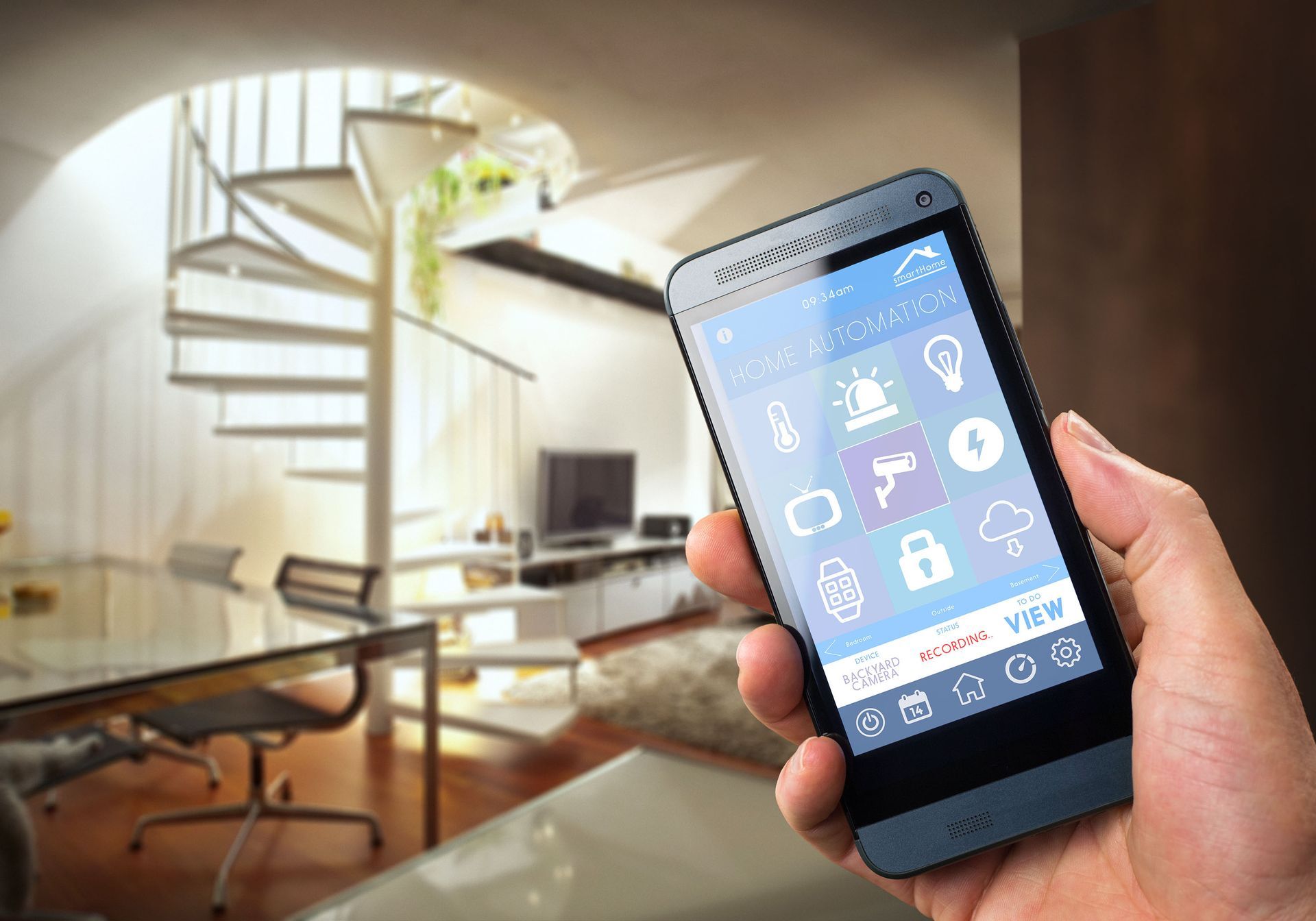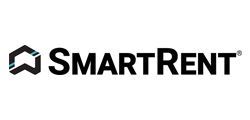October 3, 2025
Welcome to the future of living—Smart Home Automation. This technology revolutionizes the way we interact with our living spaces, offering unparalleled levels of comfort, convenience, and efficiency. In this article, we will explore the various facets of smart home automation, examining how it transforms our homes into intelligent, responsive environments tailored to our needs. With advancements spanning energy efficiency, enhanced security, and greater convenience, smart home systems represent a significant leap forward in residential living. According to Consumer Affairs, 77% of smart home device owners state that these devices have positively impacted their quality of life, underscoring their growing importance in modern households.
Foundations of Smart Home Automation
Smart home technology refers to a suite of devices and systems designed to enhance home automation and connectivity. These technologies allow homeowners to control various aspects of their home environment with ease, integrating everything from lighting to security systems. The cornerstone of smart home tech is its ability to communicate via the Internet of Things (IoT), creating a network of interconnected devices. This seamless connectivity allows for centralized control, often achieved via smartphone apps or voice commands.
The rapid development of smart home tech hinges on the core components that make it possible, such as sensors, actuators, and connectivity modules. Sensors enable the monitoring and detection of changes in the home environment, such as temperature, humidity, and motion. Actuators translate the commands from the smart central controller into physical actions, like turning the lights on or adjusting the thermostat. Connectivity modules, typically relying on Wi-Fi or Bluetooth, ensure these components effectively communicate with one another. Together, these elements create a cohesive system that enhances the automation capabilities of modern homes.
Energy Efficiency and Sustainability
Smart thermostats play a pivotal role in enhancing home energy efficiency by allowing precise control over heating and cooling systems. These devices learn the habits and preferences of the household, optimizing energy use and providing comfort tailored to the occupants. For instance, a smart thermostat can reduce energy consumption by adjusting heating during unoccupied hours or adapting to seasonal changes. Many smart thermostats also provide insights into energy usage patterns, empowering homeowners to make informed decisions.
Heating systems integrated with smart technology can further advance environmental sustainability in homes. Smart heating systems adjust in real-time to external weather conditions, ensuring energy use is minimized without sacrificing comfort. Combined with predictive algorithms, these systems anticipate residents' daily schedules, reducing unnecessary energy consumption. This adaptability makes smart heating systems an attractive investment for eco-conscious homeowners. Not only do they reduce environmental impact, but they often translate into substantial financial savings over time.
Home Security Enhancements
Smart surveillance cameras are an essential first line of defense in the realm of home security. Equipped with video analytics and motion detection capabilities, these cameras provide real-time monitoring and alerts to homeowners. Integrated with mobile applications, users receive instant notifications when movement is detected, allowing immediate response to potential security threats. Advanced models offer night vision and facial recognition features, enhancing their effectiveness in low-light conditions or unrecognized intrusion attempts. These features significantly improve property monitoring and provide peace of mind, making smart surveillance cameras a cornerstone of modern home security solutions.
The connectivity offered by smart cameras allows homeowners to monitor their property remotely, an invaluable feature for frequent travelers or those away from home. With real-time streaming, residents can check in regularly, ensuring their property is secure. Many smart cameras store footage in the cloud, providing easy access to records if needed for investigation or claim support. These capabilities provide a substantial upgrade over traditional surveillance systems, which often rely on physical storage media and lack remote access.
Comfort and Convenience
Smart entertainment systems have transformed the home viewing and listening experience, providing seamless access to a vast array of media. By integrating streaming services, television, music, and gaming, these systems offer users an all-encompassing entertainment platform managed via a single interface. Users can effortlessly switch between platforms using voice commands or apps to curate their experience without juggling remote controls. The ability to personalize settings, create profiles, and even schedule automatic system shut-off all contribute to an enhanced entertainment experience. As a vital part of smart home systems, these entertainment solutions cater to diverse and modern-day home entertainment demands.
One of the defining features of smart entertainment systems is their ability to integrate with other smart home technologies, providing a synchronized and immersive media experience. Connecting with smart lighting systems, for instance, allows users to adjust room ambiance to suit the entertainment, whether it's a dimmed setting for movies or bright lights for parties. Audio systems can also be synced to smart assistants, enabling voice control over music selection, volume, and even playlist creation on the fly.
Future Trends
Artificial intelligence (AI) and machine learning (ML) are driving forces behind the evolution of smart home automation, enhancing device capabilities through adaptation and learning. These technologies enable systems to interpret user behaviors and preferences, resulting in a more tailored service delivery. For instance, smart thermostats equipped with AI algorithms can predict and adjust climate settings based on historical usage patterns. Similarly, lighting systems can learn from motion detection and adjust settings automatically as residents move through their environment. The adaptive nature of AI and ML in smart home automation provides personalized solutions that cater to the unique lifestyles of each household.
The integration of AI extends to security systems, allowing for unprecedented levels of monitoring accuracy and responsiveness. Machine learning models can process vast amounts of data in real-time, identifying unusual patterns or behaviors that could indicate security threats. This capability improves alarm system sensitivity, reducing the likelihood of false alarms while enhancing security measures' responsiveness to genuine threats. As AI and ML continue to develop, their application in smart home security will become more nuanced, potentially anticipating threats before they fully manifest.
Challenges and Considerations
Despite the numerous advantages offered by smart home automation, the initial installation cost remains a significant barrier for many households. The price of smart devices, though decreasing over time, can still represent a considerable investment. This challenge extends to complete home integration, where networking, hardware requirements, and customization can multiply expenses. Such costs may prevent wider adoption among economically restrained demographics, inadvertently leading to a technology gap. To mitigate these barriers, manufacturers and policymakers must work towards more affordable solutions while ensuring scalable options.
The accessibility of smart home technology is also hampered by the complexity involved in installation and operation, potentially excluding those less tech-savvy. Without expert guidance, users may struggle with system integration, resulting in incomplete functionality or security vulnerabilities. To increase user accessibility and comfort, bespoke installation services or affordable professional assistance could prove valuable. Offering extensive educational resources for users to grasp the use and benefits of such technologies would further increase the reach and usability of smart home products.
Smart Home Automation is not just a trend; it is the future of convenient, efficient living. By integrating technology into every aspect of our homes, we can achieve levels of comfort and efficiency previously thought unattainable. As with any advancement, it comes with challenges, but the potential benefits far outweigh the drawbacks. As we move forward, embracing these innovations could redefine the very concept of home, enhancing our comfort and well-being in the process. For more information contact Bandera Networks today.













